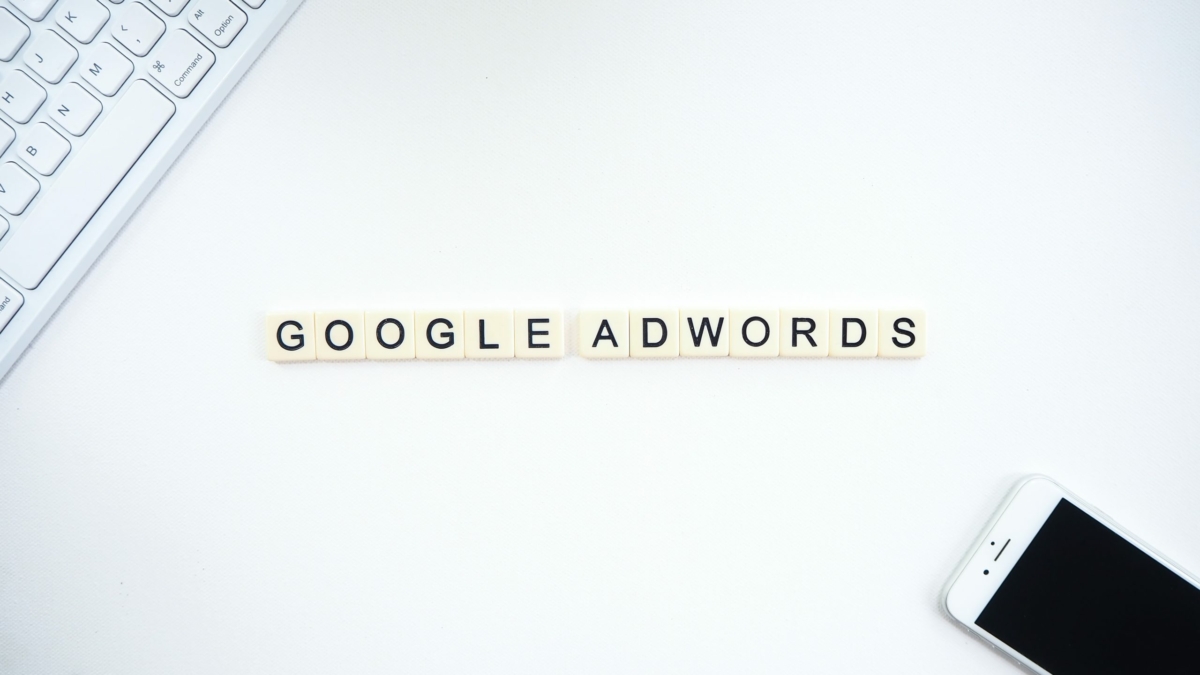Paid Media Manager, Anna Simpson, explains how Scripts gave her back precious time and helped her optimise client campaigns
Why strategy is important
We all know that optimising PPC accounts can be extremely time consuming. Tasks like negative keywords, adjusting bids and essentially doing everything that we can to ensure our campaigns are as effective as possible can use up a lot of hours. These long but crucial tasks can sometimes take away from what really matters and what can really make a difference in client accounts – strategy planning. Having a few extra hours to sit down and really look at an account, analyse the role of PPC and align this with the ultimate business goals of your client can make all the difference. Taking a step back and thinking outside the box is an important tool in understanding how to really drive client performance. Sometimes this can be overlooked due to the day-to-day optimisations and not having any spare time to do this essential leg work. This is where I found myself; getting so bogged down in the nitty gritty, I was missing countless opportunities to grow. And then scripts became my saviour.
Shopping Campaigns
I knew years ago that Standard Shopping campaigns in particular, can burn through budgets if optimisations aren’t made regularly. This has long been a pet hate of mine; there wasn’t an automated way to bulk negative keywords UNLESS the search term included specific keywords that I wanted to keep. Fast forward a few years and I finally found a script that does exactly that (HURRAY!!). The script works by utilising a Google Sheet; you input the campaign name and ad group, and specify which keywords you don’t want to exclude. For example, if I had a Shopping Campaign selling bikes but I was getting a lot of irrelevant search terms for other types of products, I could use this script to add “bike” as a positive keyword. This would then tell the script to exclude any search terms that don’t have the word “bike” in it. Honestly, this script is amazing for anyone with multiple different shopping campaigns; you can be incredibly granular about the keywords that you want to keep and let the script do the rest!

Exact Match Keywords
The second script I’m loving is the Exact Match Close Variant Exclusion. Over the years Google has tried to hide data and steer away from advertisers having as much control as they may have had in the past. A great example of this is the “close variant” search terms that can appear in Exact Match campaigns. These can vary quite dramatically from the original keyword, sometimes not even being relevant at all. In competitive industries where CPC’s can be extremely high, it’s crucial to remain in control over the search terms that ads are appearing for – that’s where this script comes in handy. It will automatically exclude close variant keywords for exact match keywords. There is also an element of control here for quality checks with two variables that can be changed in this script: “Words In Common” and “Edit Distance”. If you set “Words In Common” to true, this tells the script to keep a search term if the keywords and search queries contain any of the same words and make a negative if not. “Edit Distance” allows you to choose a number of characters that can be different from the keyword and tells the script to still keep these search terms and not exclude them. This can be particularly helpful for keeping search terms that just have spelling errors. I like to run this on an hourly basis just to make sure my campaigns are as optimised as possible and not let any sneaky search terms rack up an enormous spend!
Ah, the weather!
Last but not least, the Weather Script. This is beneficial for a lot of our clients, both ecommerce and lead generation, but can be useful in a number of different ways. The script works by analysing weather data from the Met Office and adjusting bids based on the temperature, precipitation and wind that day in certain areas. This can be incredibly helpful for clients that sell well when the weather is sunny, and also for lead generation clients who slow down on days when people are less likely to be sat at computers. This allows highly granular optimisations for external factors that can be ever-changing (especially here in the UK where it can be sunny in the morning and torrential rain by 1pm *eyeroll*).
So there we have it. These are just 3 of the scripts that help to free up some of my time and allow me to focus on a more holistic view and approach to our PPC strategy. If you would like a copy of these scripts or have any questions on how to implement them, then please feel free to drop me an email.














